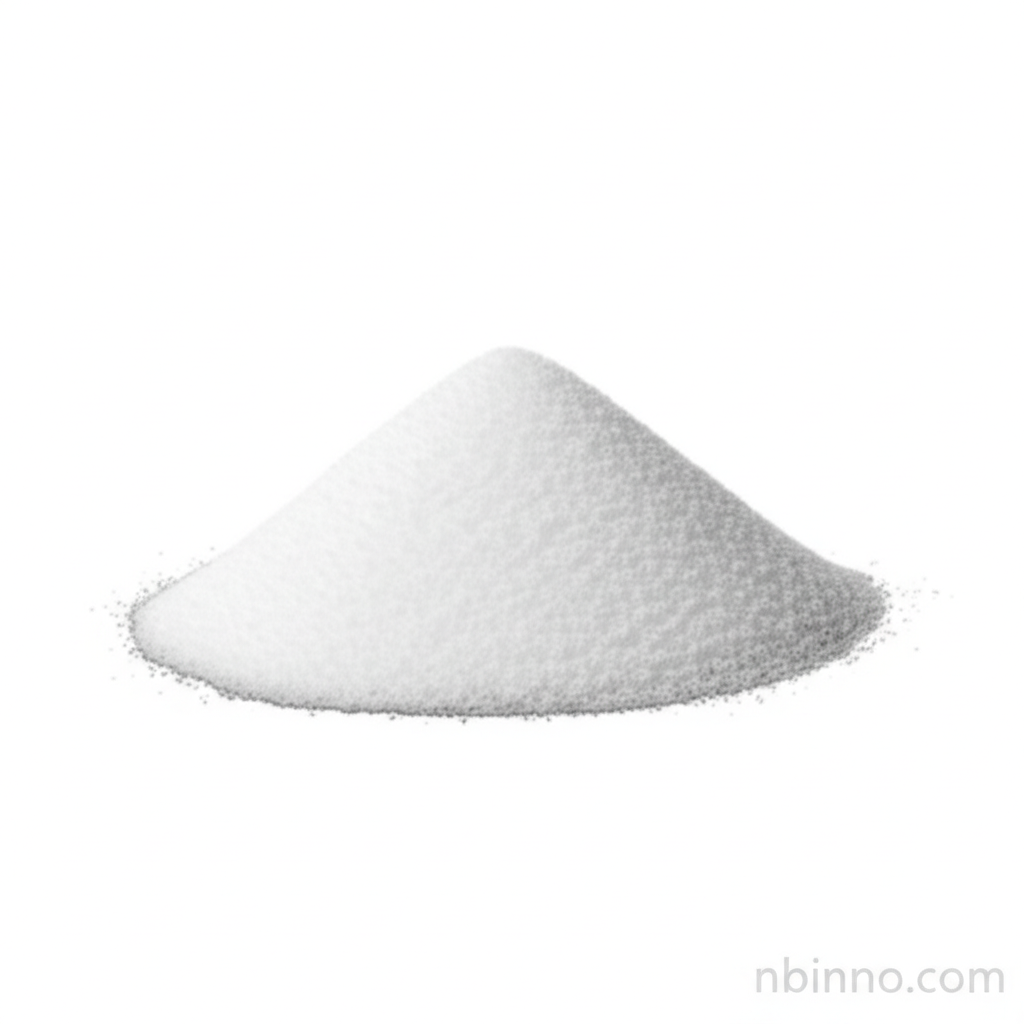Cyclobutane-1,2,3,4-Tetracarboxylic Dianhydride: A Key Monomer for High-Performance Polyimides and Advanced Materials
Unlock the potential of advanced polymers with CBDA, essential for next-generation electronics and optical applications.
Get a Quote & SampleProduct Core Value

Cyclobutane-1,2,3,4-tetracarboxylic dianhydride
This high-purity white powder serves as a crucial building block for advanced materials, particularly in the realm of polyimides. Its unique cyclic structure imparts exceptional properties to polymers, making them suitable for demanding applications in organic electronics and photonics.
- Preparation of photosensitive polyimide materials is a key application, enabling advanced manufacturing processes for electronic components.
- As a vital monomer for high-performance organic thin-film transistors, CBDA contributes to the development of flexible and efficient electronic devices.
- The molecule facilitates selective crosslinking for polyimide photonic devices, enhancing their optical and structural integrity.
- It is also utilized as a reagent in the preparation of biologically and pharmacologically active molecules, showcasing its broad chemical utility.
Advantages Offered by the Product
Exceptional Purity
Achieving over 99% purity, this chemical intermediate ensures reliable and consistent results in your synthesis processes, a critical factor when focusing on high-performance organic thin-film transistors monomer requirements.
Superior Thermal Stability
With a melting point exceeding 300°C, it is ideal for applications requiring materials that can withstand extreme temperatures, crucial for high-temperature resistant polyimide synthesis.
Versatile Reactivity
Its dianhydride functionality allows for versatile reactions, making it a sought-after chemical intermediate for electronics and various other advanced material applications.
Key Applications
Polymer Synthesis
CBDA is a cornerstone in the advanced polymer synthesis of polyimides, known for their outstanding thermal, mechanical, and electrical properties.
Organic Electronics
Essential for creating materials used in organic thin-film transistors, contributing to the miniaturization and flexibility of electronic devices.
Photonics
Used in the selective crosslinking for polyimide photonic devices, enhancing performance in optical applications.
Biopharmaceutical Research
Serves as a reagent in the preparation of biologically and pharmacologically active molecules, supporting drug discovery and development.
